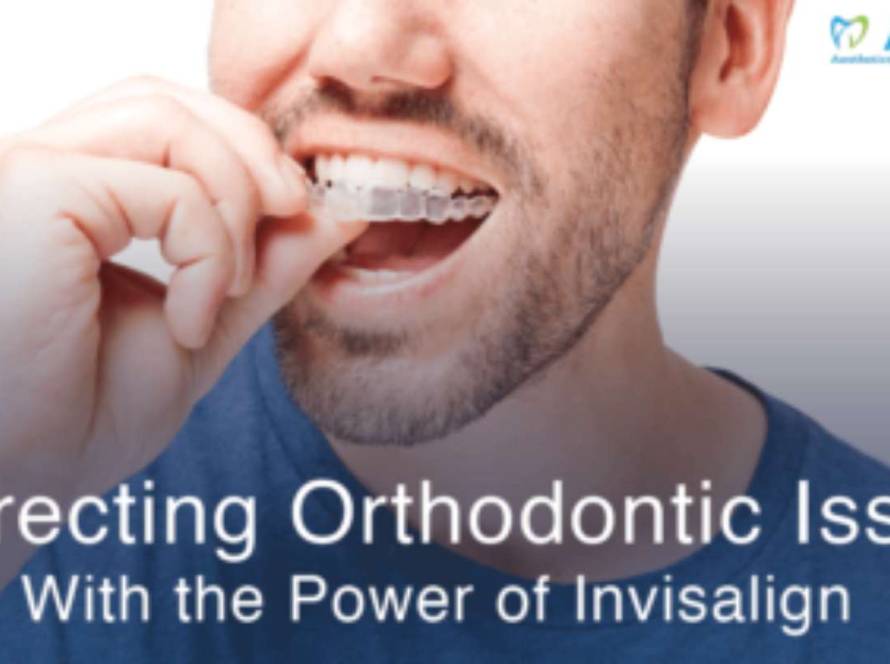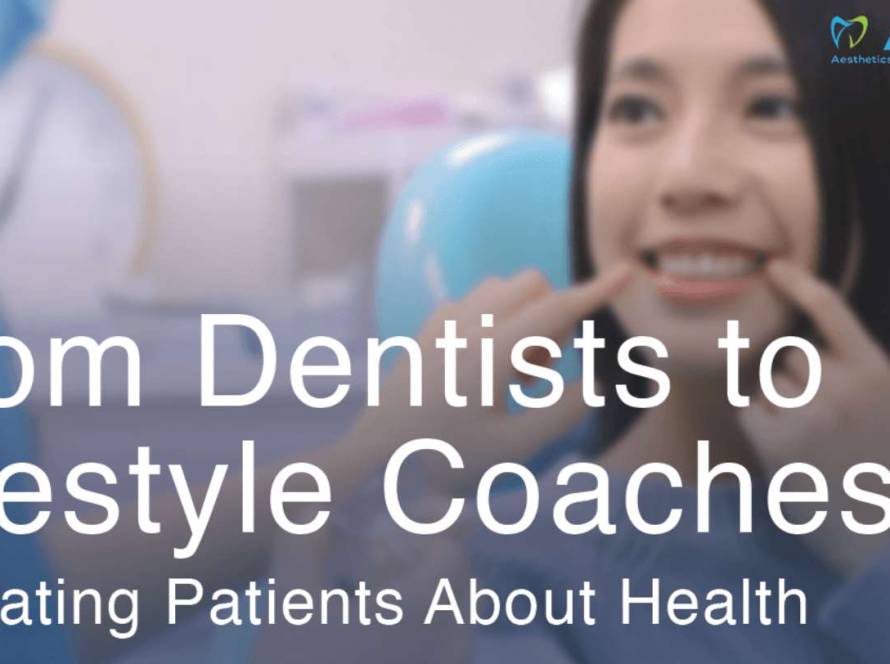Pain is the most common fear and complaint when going for orthodontic treatments and it can directly influence the patient’s satisfaction with a procedure. Many patients do not go through with the process and discontinue the treatment midway simply because they can’t endure the hurt and discomfort.
The pain threshold of individuals can vary due to several factors such as age, gender, emotional state, stress, applied force, cultural differences, and previous experiences of pain. Hence pain management has become an important part of aesthetic dentistry where the dentists create a proper treatment plan
It has been well-established that with orthodontic treatments that use fixed appliances, patients are bound to feel pain and discomfort that reaches its maximum after 24 hours of insertion. But it usually subsides after seven days, as the patient recovers from the aftereffects of the procedure.
On the other hand, clear aligners like Invisalign reportedly require little force, and that allows the tissues to re-organize before compressive forces are applied again. This means a lot less pain for the patient, as well as faster recovery.
So far, there have been several studies that aim to understand the difference between clear aligners and fixed braces. We compared the feasibility, cost-effectiveness, durability and flexibility of the two aesthetic appliances. Another similar study recently explored the difference in pain levels associated with clear aligners and fixed braces.Let us explore the findings of these and other studies in detail.The Quality Of Life With Clear Aligners And Fixed Appliances
When both appliances were compared and measured according to their impact on the quality of life, it was observed that they offer similar results. But when it came to eating and chewing food, it was found that those with clear aligners found these activities to be far more comfortable.
A study conducted on 52 patients divulged that subjects with fixed appliances had more problems such as discomfort, tension, pressure, pain, and sensitivity. Those with removable aligners didn’t suffer any of these issues.
The intense pain experienced by the patients due to initial treatment with fixed braces was due to the simultaneous movement of the teeth under pressure. Moreover, the perceptions of pain, tension, and stress appeared to increase slightly with the fixed appliances after the marks of 14 and 90 days.
Assessment Of Pain Level With Fixed Braces
According to research, 87% to 95% of adolescents experience pain during fixed orthodontic treatment, especially during the first 24 hours. Moreover, 39% to 49% experience pain at every step of the procedure and even after appliance removal.
The most important aspects of pain are its intensity and duration. The initial phase of the treatment with fixed wires is different for each patient. Still, after the first treatment phase, the patients usually complain of discomfort that is portrayed as feelings of pressure, tension, and soreness of teeth or any other oral pains.
A study conducted to determine the extent of pain and discomfort caused by fixed braces showed that patients could experience pain for several days. Subjects reported discomfort that lasted less than 48 hours, but according to some reports, it took 28 days after the initial treatment for the pain to subside completely.
This pain is caused due to compression of the periodontal ligament that can lead to ischemia or edema and the release of inflammatory mediators during the first two days of treatment. Mediators named prostaglandins and interleukins sensitize the ligament and increase discomfort.
These levels of these mediators found in the gingival cervical fluid increase within 24 hours of the onset of pressure on the ligament but experience a decline after seven days. This explains the pattern of pain observed during the first week of the application of orthodontic pressure.
After this, patients might feel some degree of pain or discomfort while chewing fibrous, sticky, or firm foods, but it considerably reduced when they switch over to a soft diet.
Hence, it is established that generalized dentogingival discomfort is more pervasive than localized discomfort that can be triggered by brushing teeth or consuming hard and sticky foods.
Assessment Of Pain Level With Clear Aligners
These days, patients prefer clear aligners over fixed braces – not only are these appliances aesthetically pleasing but also increase the quality of life by offering better chewing and eating functions.
Moreover, clear braces also hurt less in comparison to fixed appliances, and even the initial pain fades after the teeth adjust to the aligners. But few sources have reported that aligners might cause soreness if repeatedly pressed against the teeth.
A systematic review shows that patients report less pain with clear aligners. These lower levels are associated with the release of proinflammatory mediators such as interleukin for a short term that don’t increase sensitization of the periodontal ligament.
Subjects reported that after three months, the pain had diminished and the malocclusion complexity level was also reported as mild.
Which Is Less Painful?
Pain during orthodontic treatment can be a very traumatic experience for an individual. Therefore, it is imperative to understand the patterns of pain and discomfort to increase a patient’s quality of life.
Although fixed appliances are useful for orthodontic treatment and offer a high treatment efficiency, it has been reported that the adverse effects associated with this technique outweigh the advantages. Plaque accumulation, increased discomfort, and uncontrollable pain are some of the common issues.
On the other hand, lower levels of pain were found in patients treated with clear aligners such as Invisalign, since removable appliances produce less tension, pressure, sensitivity, and pain than fixed appliances.
It’s also observed that clear aligners add substantially to the patient’s life as they can remove the appliance while eating to ensure better hygiene. Also, its lack of sharp edges and small size as compared to fixed braces has made it the preferred method of teeth alignment.



